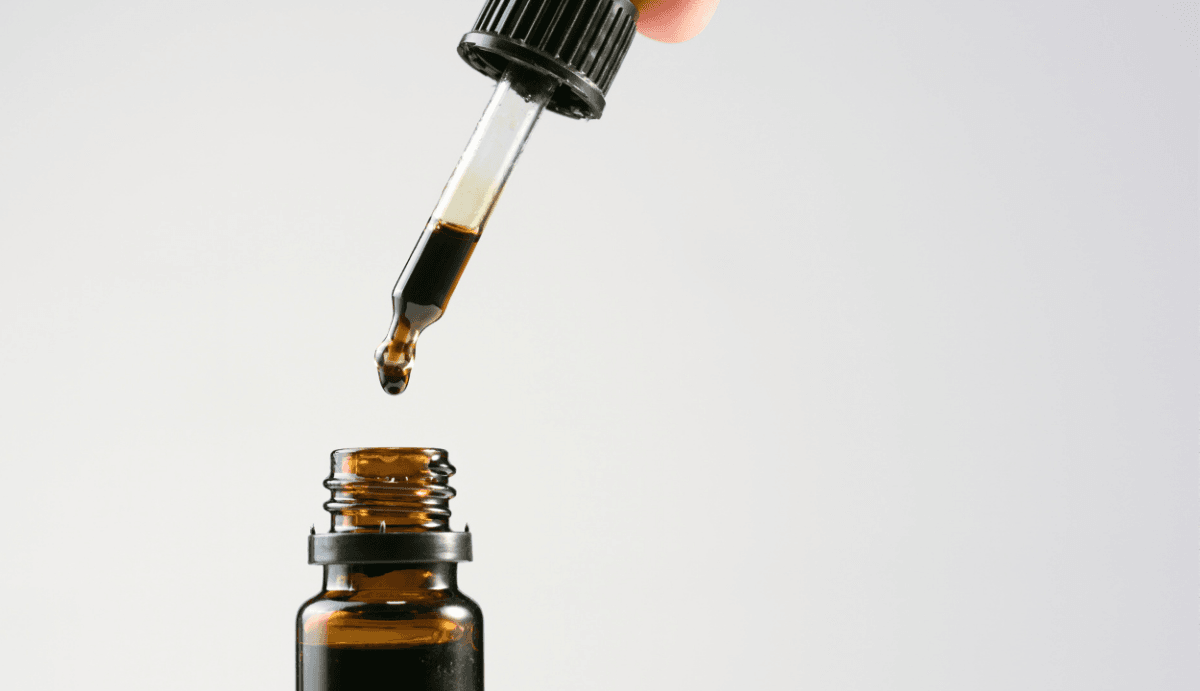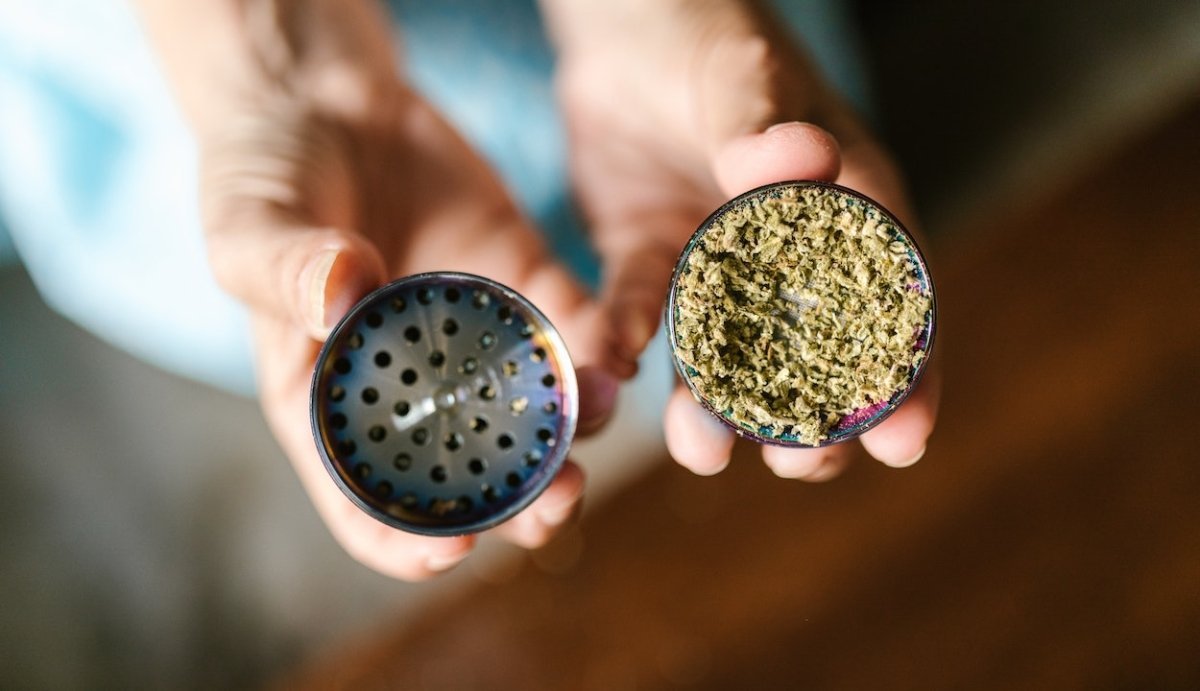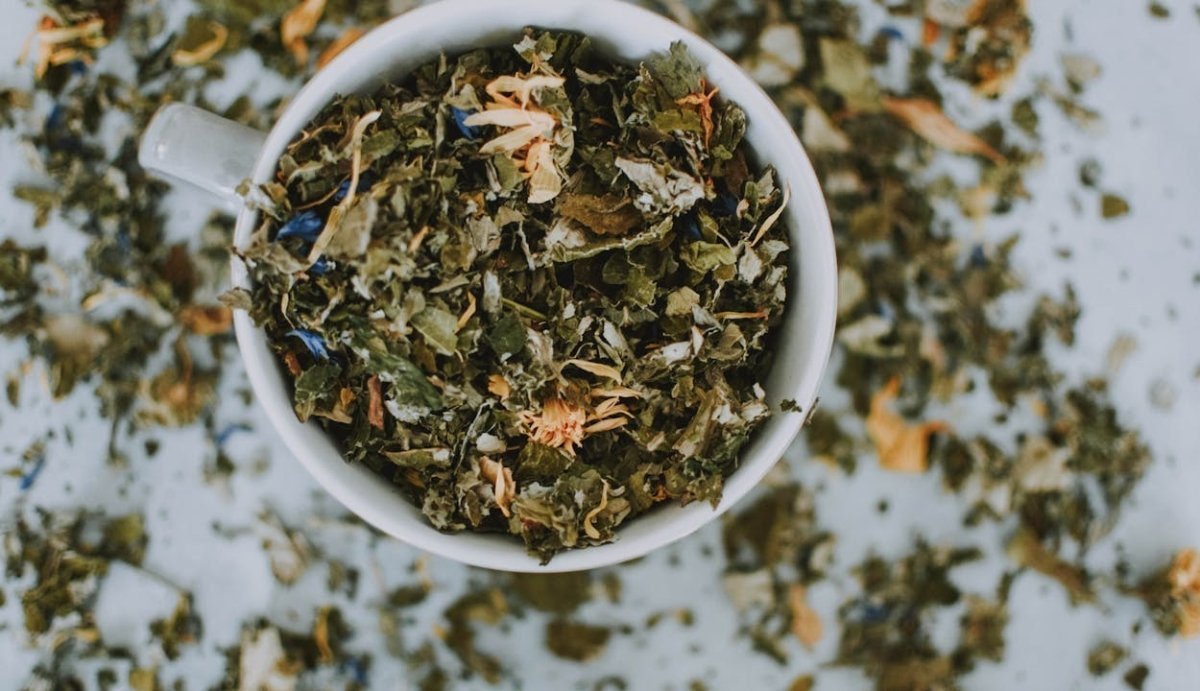Your Cart is Empty
FREE SHIPPING ON ALL ORDERS $75+
There are over 200 known terpenes found in the various cannabis strains recognized today, and myrcene is by far the most common.

It is also found in a number of other plants and foods that were traditionally used as medicine, and research suggests that myrcene may offer a variety of potential benefits that make it an important part of cannabis’ wide spectrum of effects.
In general, research suggests that myrcene may act sort of like a sedative. It’s thought to work synergistically with other cannabis compounds, like THC or CBD, to alter or improve the effects. This synergy, called the “entourage effect,” is thought to be the reason that many people find full spectrum CBD to be more effective than CBD isolate.
Table of Contents
Myrcene Aroma
Where Can You Find Myrcene Besides Cannabis
Myrcene Effects and Benefits
Does Myrcene Make You Sleepy?
Resources
Myrcene is the most common terpene found in cannabis, but it can also be found in a variety of plants, including many traditionally used as medicine.
Research involving myrcene’s effects is limited, but it may have various benefits as a sedative, muscle relaxant, analgesic, and antioxidant. More research is needed to confirm these benefits.
Cannabis-centric research suggests that myrcene is an important part of cannabis’ entourage effect, which means that it may be an important part of the CBD user’s experience.
Full spectrum CBD products may contain various terpenes, which may explain their enhanced benefits for many users.
Like all terpenes, myrcene helps make up the aromatic profile of different cannabis strains. Myrcene has a musky, earthy, peppery aroma that is similar to cloves.

Myrcene is also found in a variety of plants and foods that we use everyday, including some that have traditionally been used as medicine. You can also find myrcene in mangoes, hops, thyme, basil, rosemary, and lemongrass all contain high levels of the terpene.
Although terpene research is limited, myrcene is one of the most heavily researched terpenes to date, likely because it is the most common. Still, most research regarding myrcene’s health benefits is still in preliminary stages.
Here’s what we know for now:

Multiple applications of myrcene-rich plants can be found in traditional medicine, most commonly as a treatment for insomnia.
Lemongrass teas were traditionally used as a muscle-relaxant and sedative. Similar applications can be found using myrcene-rich hops in Germany.
While it is commonly accepted that myrcene may be at least partially responsible for the sedative-like effects of many cannabis strains, no link between myrcene and enhanced sleep has been proven.
Still, many people look for myrcene rich strains when combating sleep ailments, like insomnia, or choose full spectrum CBD products that carry the benefits of terpenes like myrcene.
Comments will be approved before showing up.



